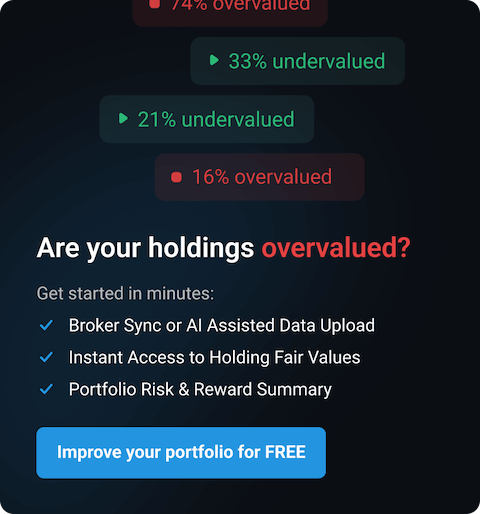Some say volatility, rather than debt, is the best way to think about risk as an investor, but Warren Buffett famously said that 'Volatility is far from synonymous with risk.' It's only natural to consider a company's balance sheet when you examine how risky it is, since debt is often involved when a business collapses. Importantly, V.I.P. Industries Limited (NSE:VIPIND) does carry debt. But the more important question is: how much risk is that debt creating?
When Is Debt A Problem?
Debt assists a business until the business has trouble paying it off, either with new capital or with free cash flow. If things get really bad, the lenders can take control of the business. However, a more usual (but still expensive) situation is where a company must dilute shareholders at a cheap share price simply to get debt under control. Of course, debt can be an important tool in businesses, particularly capital heavy businesses. When we think about a company's use of debt, we first look at cash and debt together.
How Much Debt Does V.I.P. Industries Carry?
The image below, which you can click on for greater detail, shows that V.I.P. Industries had debt of ₹4.15b at the end of March 2025, a reduction from ₹5.33b over a year. However, because it has a cash reserve of ₹481.1m, its net debt is less, at about ₹3.67b.

How Strong Is V.I.P. Industries' Balance Sheet?
Zooming in on the latest balance sheet data, we can see that V.I.P. Industries had liabilities of ₹9.49b due within 12 months and liabilities of ₹2.92b due beyond that. Offsetting this, it had ₹481.1m in cash and ₹3.68b in receivables that were due within 12 months. So it has liabilities totalling ₹8.24b more than its cash and near-term receivables, combined.
Given V.I.P. Industries has a market capitalization of ₹58.7b, it's hard to believe these liabilities pose much threat. However, we do think it is worth keeping an eye on its balance sheet strength, as it may change over time. When analysing debt levels, the balance sheet is the obvious place to start. But it is future earnings, more than anything, that will determine V.I.P. Industries's ability to maintain a healthy balance sheet going forward. So if you want to see what the professionals think, you might find this free report on analyst profit forecasts to be interesting.
Check out our latest analysis for V.I.P. Industries
Over 12 months, V.I.P. Industries made a loss at the EBIT level, and saw its revenue drop to ₹22b, which is a fall of 3.0%. That's not what we would hope to see.

Caveat Emptor
Importantly, V.I.P. Industries had an earnings before interest and tax (EBIT) loss over the last year. To be specific the EBIT loss came in at ₹368m. Considering that alongside the liabilities mentioned above does not give us much confidence that company should be using so much debt. Quite frankly we think the balance sheet is far from match-fit, although it could be improved with time. We would feel better if it turned its trailing twelve month loss of ₹688m into a profit. So we do think this stock is quite risky. There's no doubt that we learn most about debt from the balance sheet. But ultimately, every company can contain risks that exist outside of the balance sheet. We've identified 1 warning sign with V.I.P. Industries , and understanding them should be part of your investment process.
Of course, if you're the type of investor who prefers buying stocks without the burden of debt, then don't hesitate to discover our exclusive list of net cash growth stocks, today.
New: Manage All Your Stock Portfolios in One Place
We've created the ultimate portfolio companion for stock investors, and it's free.
• Connect an unlimited number of Portfolios and see your total in one currency
• Be alerted to new Warning Signs or Risks via email or mobile
• Track the Fair Value of your stocks
Have feedback on this article? Concerned about the content? Get in touch with us directly. Alternatively, email editorial-team (at) simplywallst.com.
This article by Simply Wall St is general in nature. We provide commentary based on historical data and analyst forecasts only using an unbiased methodology and our articles are not intended to be financial advice. It does not constitute a recommendation to buy or sell any stock, and does not take account of your objectives, or your financial situation. We aim to bring you long-term focused analysis driven by fundamental data. Note that our analysis may not factor in the latest price-sensitive company announcements or qualitative material. Simply Wall St has no position in any stocks mentioned.
About NSEI:VIPIND
V.I.P. Industries
Manufactures and retails luggage, backpacks, handbags, and accessories in India and internationally.
Reasonable growth potential with mediocre balance sheet.
Similar Companies
Market Insights
Community Narratives



